↓ Read on to watch this amazing video
We all know that wolves and dogs have many similarities, but have you ever wondered about the differences between them? After all, wolves and dogs are members of the same family and belong to the same taxonomy.They are all members of the organization Canis lupus family and share more than 90% identical DNA. However, they are very different in many other ways.
In this article, we’ll address all of these major differences, including differences in behavior and dietary needs between wolves and dogs. We’ll also address the physical differences between the two animals, as they vary widely. Let us now take a deeper look at these two beautiful creatures.
Comparing Wolves and Dogs
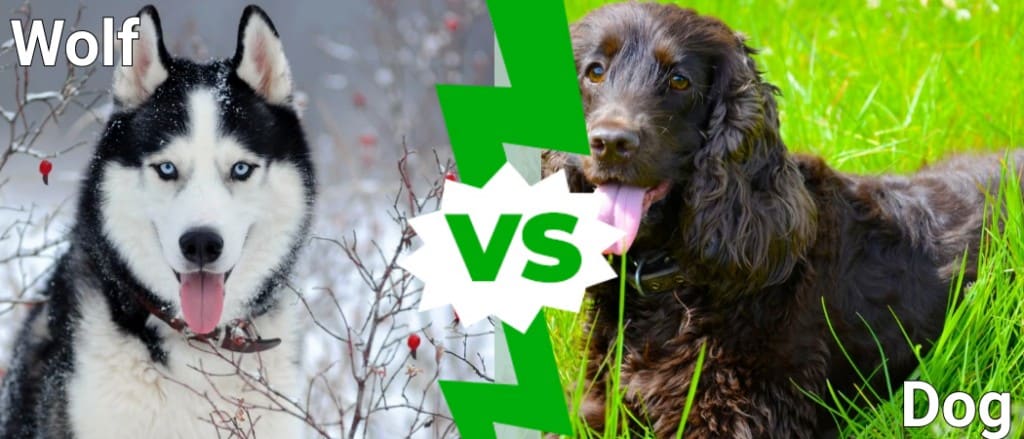
© AZ-Animals.com
| Wolf | dog | |
|---|---|---|
| Domesticated? | No | Yes |
| appearance | Pointy ears, large skull, strong jaw and teeth | floppy or pointed ears, rounded head and body |
| Maturity rate | faster than a dog | slower than a wolf |
| Classification | lupus | lupus |
| Behavior | Only played when young, shy with humans | Enjoy the company of humans and play for a lifetime |
Key Differences Between Wolves and Dogs
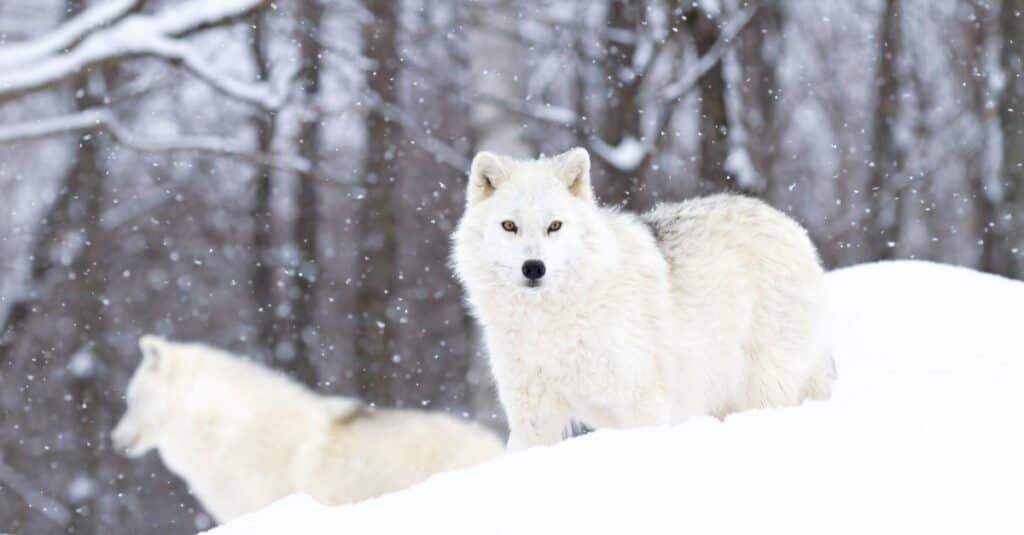
© Jim Cumming/Shutterstock.com
The key difference between wolves and dogs is their domestication status. Wolves are wild animals and are usually shy around humans, while dogs are friendly and interested in living with humans. Dogs were bred for a domesticated lifestyle, which directly affected their overall appearance, especially compared to wolves.
Now let’s discuss these differences in more detail!
Wolves and Dogs: Domesticated States
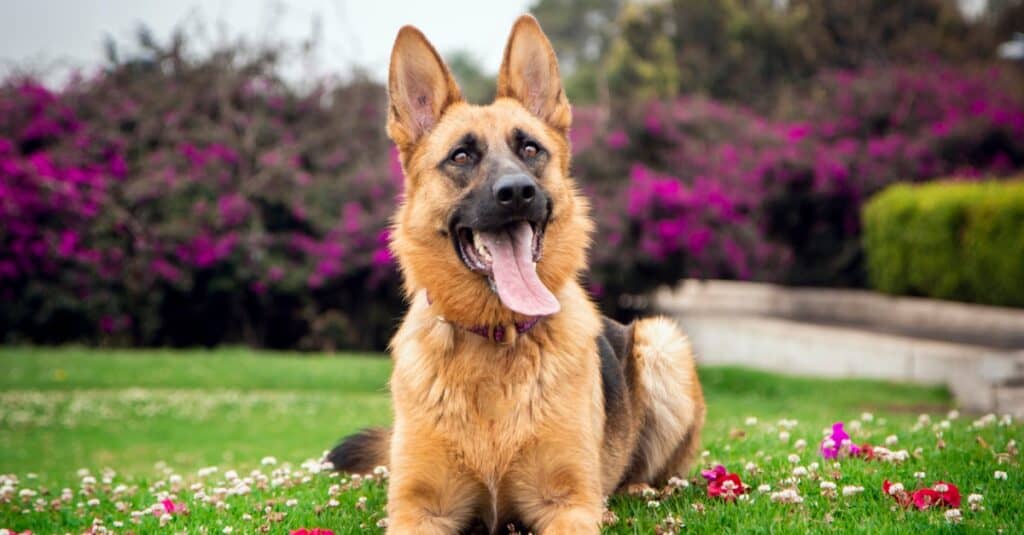
©iStock.com/VictorRicoFoto
Wolves are not suitable as pets while dogs are known as man’s best friend. Although the process required centuries of reproduction, humans managed to create dogs from the same genetic makeup as wolves, without the behavior of wild animals.
That’s not to say wolves are particularly aggressive toward humans, as most wolves are shy and prefer to be alone. However, many people mistakenly believe that they can keep wolves as pets, or that caring for wolf hybrids is possible. What matters is that people choose to adopt dogs over wolves.
Wolf and Dog: Appearance
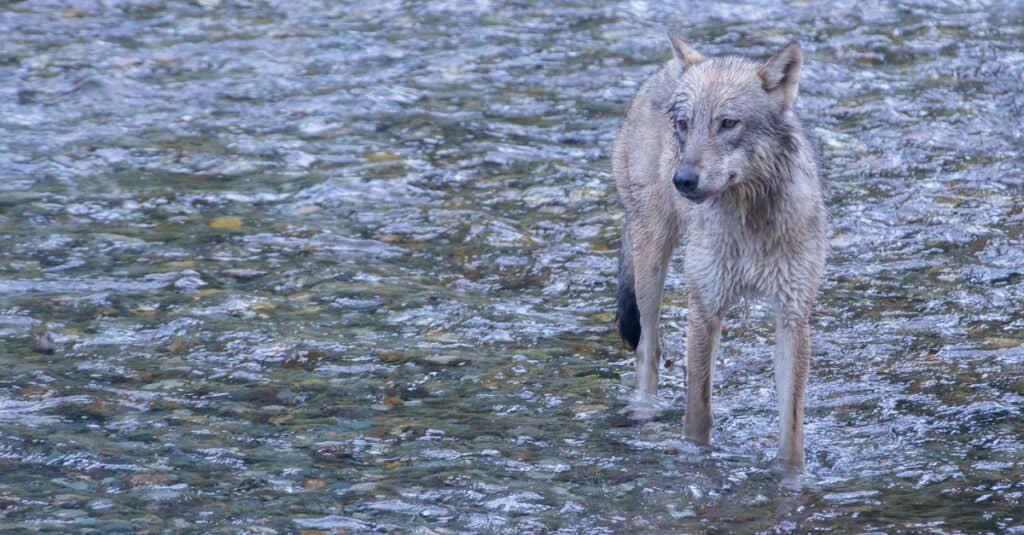
© iStock.com/Gillian Cooper
Another major difference between wolves and dogs is their appearance. Wolves are naturally more athletic than dogs and are often larger in size. Dogs have larger eyes and rounded heads, while wolves have larger skulls and longer noses or muzzles.
Depending on the breed of dog, wolves and dogs can look strikingly similar in color and overall build. However, wolves have larger teeth and many have bushier tails than the average domestic dog. Dogs’ paws are also usually much smaller than those of wolves.
Wolves and Dogs: Diets
Wolves and dogs have very different diets due to their domesticated and wild states. Domesticated dogs are used to humans feeding them, while wolves have to fend for themselves. Given their wild status, wolves are known as strict carnivores, capable of eating large amounts of raw meat. This is not something a domestic dog can do.
Wolves require more protein than the average dog’s diet. This is because the dogs we breed are fed by humans, whereas wolves use whatever is naturally present in their environment to feed themselves. Dogs and wolves can’t eat the same food, especially considering how much wolves can eat!
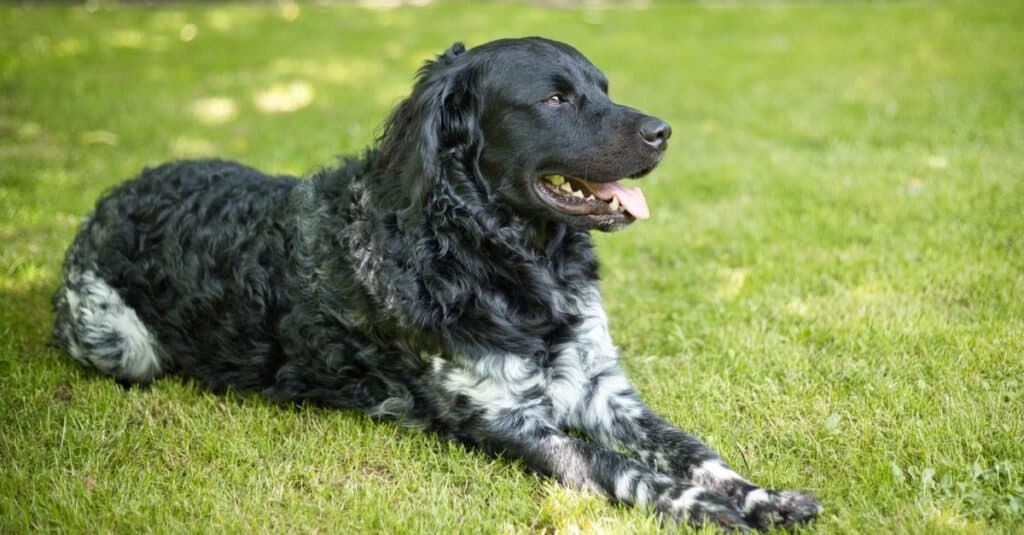
© Photo Story/Shutterstock.com
Wolves and Dogs: Maturity Rates and Life Cycles
Another major difference between wolves and dogs is their rate of maturity and overall life cycle. While both wolves and dogs are completely separated from their mothers at about 7 to 9 weeks of age, wolves tend to mature more quickly. This may be because they need to acquire the proper survival instincts to thrive in the wild, whereas dogs do not have the same problem.
Interestingly, however, most wolves reach sexual maturity much later than dogs. On average, wolves reach sexual maturity at about two years of age, while most dogs reach this point within six to nine months of their lives. Additionally, even when wolves reach sexual maturity, they often choose not to reproduce for many years.
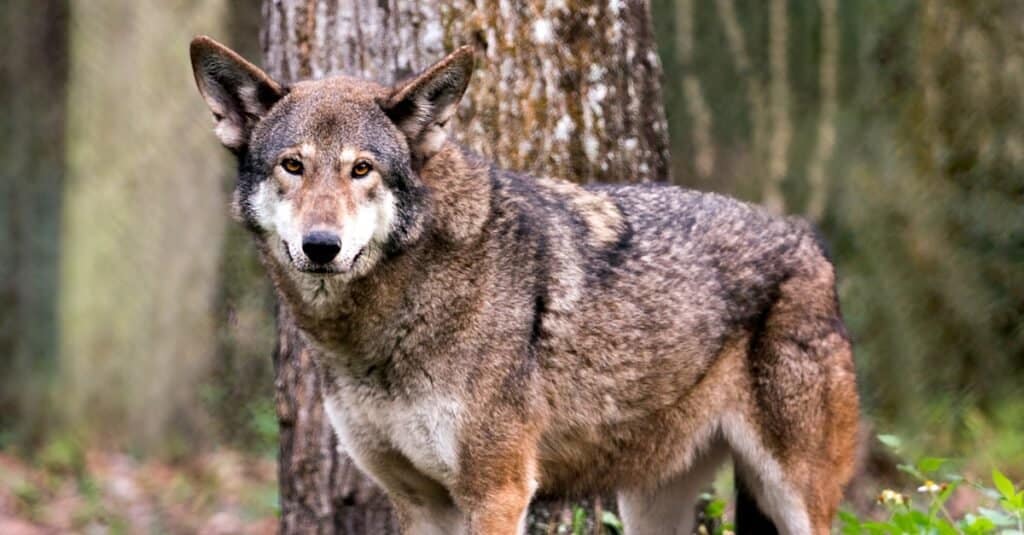
©Rejean Bedard/Shutterstock.com
Wolf and Dog: Behavior
A final key difference between wolves and dogs is their overall behavior. Wolves are generally considered shy pack animals that thrive among other packs but choose to avoid humans whenever possible. Dogs are the exact opposite, as they were bred for companionship and depend on humans for food and affection.
Even wolves or wolf hybrids raised among humans can change their behavior once they reach sexual maturity, whereas dogs’ behavior toward humans remains more stable. However, wolves often socialize in their packs, playing and socializing within their pack structures.
Many wolves tend to play last as they age, especially when compared to domestic dogs. However, that doesn’t mean wolves aren’t naturally playful animals. They have far more to juggle than the average domestic dog, and survival instincts often take precedence over playtime.
Next:

I am broadly interested in how human activities influence the ability of wildlife to persist in the modified environments that we create.
Specifically, my research investigates how the configuration and composition of landscapes influence the movement and population dynamics of forest birds. Both natural and human-derived fragmenting of habitat can influence where birds settle, how they access the resources they need to survive and reproduce, and these factors in turn affect population demographics. Most recently, I have been studying the ability of individuals to move through and utilize forested areas which have been modified through timber harvest as they seek out resources for the breeding and postfledging phases. As well I am working in collaboration with Parks Canada scientists to examine in the influence of high density moose populations on forest bird communities in Gros Morne National Park. Many of my projects are conducted in collaboration or consultation with representatives of industry and government agencies, seeking to improve the management and sustainability of natural resource extraction.











